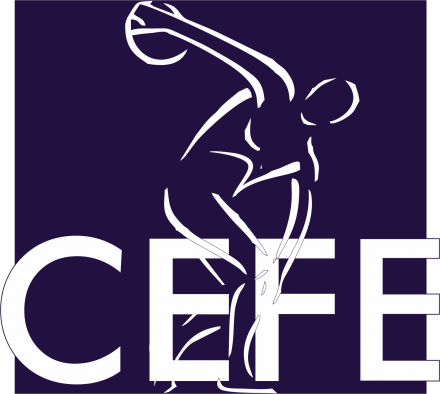A magnitude do efeito da idade relativa no futsal
Caderno de Educação Física e Esporte
A magnitude do efeito da idade relativa no futsal
Autor Correspondente: O.Mazzardo | [email protected]
Palavras-chave: Formação esportiva; Seleção de talentos; Desistência do esporte
Resumos Cadastrados
Resumo Português:
Os objetivos deste estudo foram a) verificar a existência e magnitude do EIR em atletas de Futsal por categorias; identificar se o EIR se faz presente em todas as posições do Futsal; e b) verificar se existem diferenças no EIR em atletas de equipes por classificação no último campeonato oficial por categoria. A amostra foi composta por 978 atletas de Futsal brasileiros do sexo masculino das categorias Sub-15, Sub-17 e Sub-20 que participaram da décima oitava (2011), sétima (2012) e trigésima (2012) taça Brasil correios de futsal respectivamente; e os atletas da categoria Adulto da Liga Futsal do ano de 2011. Dados sobre a data de nascimento, categorias, equipes, posições dos jogadores e classificação ao final do campeonato foram levantados no relatório individual de cada equipe. Os atletas foram distribuídos em quartis dos meses do ano baseados em suas datas de nascimento. A análise de dados investigou as distribuições dos valores observados e esperados através do teste de Qui-quadrado com o nível de significância de p<0,05, e nas análises de comparações múltiplas utilizando a correção de Bonferroni corrigindo o nível de significância para p<0,0083. Também foram realizados os cálculos do tamanho do efeito pelo Coeficiente de Contingência e o teste de Kruskall-Wallis para investigar diferenças no EIR por equipes melhor e pior ranqueadas nos campeonatos oficiais por categorias. O EIR está presente nos atletas de futsal de forma geral e nas categorias Sub-15, Sub-17 e Adulto. Na análise por posições o EIR foi significativo em todas as posições com tamanho de efeito variando entre pequeno e médio. Na análise por classificação final no último campeonato oficial não houve diferenças significativas entre os melhores e piores ranqueados nas categorias Sub-15 e Adulto. O EIR é observado na seleção de atletas no Futsal em categorias de base e no profissional independentemente da posição de jogo ou ranking das equipes.
Resumo Inglês:
The objectives of this study were to verify the existence and magnitude of RAE in indoor soccer athletes by categories; to identify if the RAE associates with playing position; and to verify if there are differences in the EIR association with team´s rankings based on the last championship. The sample consisted of 978 brazilian indoor soccer players of the Under 15, Under 17 and Under 20 categories who participated, respectively, in the eighteenth (2011), seventh (2012) and thirtieth (2012) Brazil Futsal Cup; and the athletes of the Adult category of the Futsal League, 2011. At the end of the championship, the birthdate, categories, teams and positions of the players, and final classification at the tournament were collected in the individual report of each team. The athletes were distributed in quartiles based on their birthdates. The data analysis investigated the distributions of the observed and expected values through the Chi-square test with significance level of p<0.05, and in the multiple comparison analyzes using the Bonferroni correction with the level of significance of p<0.0083. Contingency Coefficient and Kruskall-Wallis test were also performed to investigate differences in RAE between the best and the worst ranked teams. The RAE is present in futsal athletes in general and in the Under 15, Under 17 and Adult categories. Moreover, the RAE was significantly associated with all playing positions with effect sizes ranging from small to medium. Finally, there were no significant differences between the best and worst ranked in the Under 15 and Adult categories. The RAE is observed in indoor soccer athletes in minor leagues and professional teams independent of the position of players or team’ ranking.

